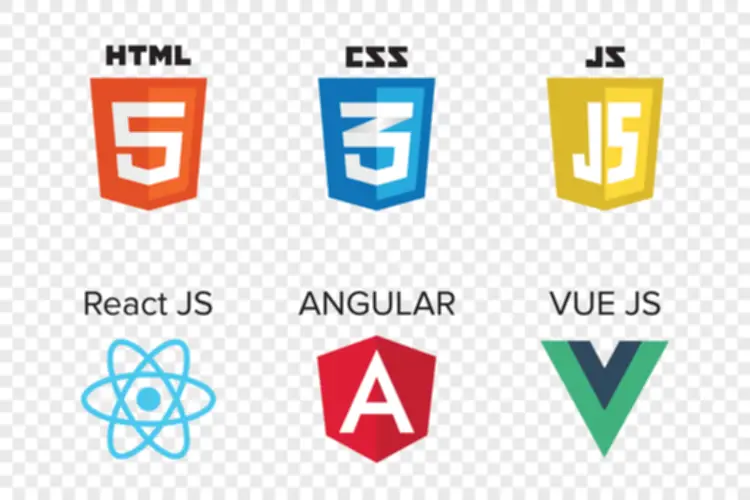The search code assumes that the jump desk is stored at @Table and that each label occupies four bytes. Several languages implement variations on a break or exit statement. The break assertion is a structured approach to exit a control-flow assemble. In a loop, break transfers control to the first assertion following the loop. For nested loops, a break usually basic block definition exits the innermost loop.
Partitioning Intermediate Code Into Primary Blocks

The allocator should appropriately deal with values computed in earlier blocks, and it should protect values for use in following blocks. To accomplish this, the allocator needs https://www.globalcloudteam.com/ a extra subtle way of dealing with “values” than the native allocators use. Focusing on a region smaller than the complete procedure lets the compiler concentrate its efforts on heavily executed regions, such as the physique of a loop. Finally, the give attention to a limited area within the code can let the compiler derive sharper details about program habits which, in turn, could expose opportunities for improvement.

Fundamental Blocks And Management Circulate Graphs
If InsertBefore is provided, inserts before that basic block, in any other case inserts on the end. Return the module owning the perform this fundamental block belongs to, or nullptr if the operate doesn’t have a module. Returns a pointer to the primary instruction in this block that is not a PHINode, a debug intrinsic, or a lifetime intrinsic, or any pseudo operation if SkipPseudoOp is true. Insert the given fundamental block after the insertion point of the given builder.

Apply Issues Based On Basic Blocks & Flow Graphs

It showed how the underlying instruction set influenced the strategies for dealing with both the controlling expression and, in some cases, the controlled statements. Each chief thus determined its basic block contains itself and all instructions up to excluding the following leader. The code could also be source code, meeting code, or some other sequence of instructions. Flag recording whether or not or not this block shops debug-info within the type of intrinsic directions (false) or non-instruction records (true).
◆ Llvmappendbasicblockincontext()
Interprocedural alias analysis can resolve a few of the ambiguities caused by interactions between parameter binding and name scoping rules. Because the number of methods to reorder expressions is prohibitively large, compilers use heuristic strategies to search out good orderings for expressions. For example, the ibm fortran h compiler generated array-address computations in an order that tended to improve other optimizations.
Gatevidyalay Basic Blocks And Circulate Graphs Examples

In explicit, these isas usually have arithmetic operations, corresponding to add and sub, set the condition code to indicates the connection between the end result worth and 0. In this case, subsequent control-flow operations can sometimes keep away from the necessity to carry out a comparison. If the program adjustments the index variable’s worth, or passes it to a subroutine that may change its value, that change doesn’t affect the number of iterations that execute. To guarantee the right behavior, the compiler may must generate a hidden index variable, called a shadow index variable, to regulate the iteration.
Pals And Associated Function Documentation
If the cfg can have cycles, the compiler should analyze the entire process before it understands what details hold on entrance to any particular block. Thus, most world transformations have separate analysis and transformation phases. The transformation phase makes use of these information to find out the security and profitability of a selected transformation.

Transformations On Basic Blocks:
- Exposed values should be preserved—that is, the rewritten computation should produce the same outcome for the uncovered worth as the original computation.
- It can not know, when processing B1, the allocation and assignment choices made in subsequent blocks.
- Note that no operations are valid on an object that has “dropped all references”, besides operator delete.
- Returns an iterator to the primary instruction in this block that isn’t a PHINode, a debug intrinsic, a static alloca or any pseudo operation.
Fetch the gathering of DbgRecords that “path” after the final instruction of this block, see setTrailingDbgRecords. Returns the terminator instruction if the block is nicely fashioned or null if the block isn’t well fashioned. Returns an iterator to the primary instruction on this block that isn’t a PHINode, a debug intrinsic, a static alloca or any pseudo operation. DbgRecords can transiently be positioned “off the end” of a block if the blocks terminator is quickly removed. Once a terminator is re-inserted this methodology will move such DbgRecords back to the right place (ahead of the terminator). Cause all subinstructions to “let go” of all the references that said subinstructions are maintaining.
The index for any block should never be greater thanlast_basic_block. The indices zero and 1 are particular codesreserved for ENTRY_BLOCK and EXIT_BLOCK, theindices of ENTRY_BLOCK_PTR and EXIT_BLOCK_PTR. Examples include out-of-bounds memory references, undefined arithmetic operations such as division by zero, and illegal operations.
The first step is to divide a gaggle of three-address codes into the basic block. The new fundamental block all the time begins with the primary instruction and continues to add directions until it reaches a leap or a label. If no jumps or labels are recognized, the management will flow from one instruction to the subsequent in sequential order.

